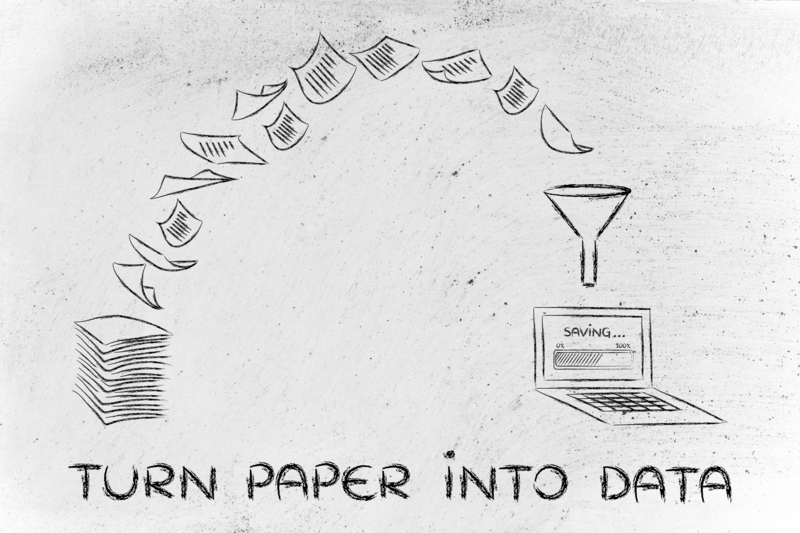
Glass Recycling Revealed: Surprising Quick Facts
Glass recycling is an essential component of sustainable waste management. It not only helps reduce environmental impact but also conserves natural resources and energy. Discover these surprising, quick facts about glass recycling, and learn why it is vital in today's world.
Understanding Glass Recycling
Glass recycling involves the collection and processing of glass waste to produce new glass products. This process has been practiced for centuries, and its importance has continued to grow over time. The recycling of glass helps to minimize the accumulation of waste in landfills, reduces pollution, and saves energy.
How Does Glass Recycling Work?
The glass recycling process typically involves several steps:
- Collection: Glass gets collected from curbside bins, bottle banks, or recycling centers.
- Sorting: Recycled glass is sorted by color: clear, green, and brown to ensure purity of the final product.
- Cleaning: The glass undergoes a thorough cleaning to remove impurities like labels and caps.
- Crushing: The clean glass is crushed into small pieces known as cullet.
- Melting and Molding: The cullet is melted and molded into new glass products such as bottles and jars.
The Benefits of Recycling Glass
Recycling glass comes with a plethora of benefits, contributing both to the environment and to the economy.
Environmentally Friendly
- Reduces raw material extraction--recycling one ton of glass saves about 1.2 tons of raw materials.
- Decreases energy consumption--producing glass from cullet requires 40% less energy than making it from raw materials.
- Lowers carbon dioxide emissions--because less energy is needed, resulting in fewer emissions.
- Minimizes landfill waste--glass is non-biodegradable, so recycling helps keep it out of landfills.
Economic Advantages
- Creates jobs in the recycling industry.
- Lowers costs in the supply chain by reducing the need for virgin materials.
- Sustainable packaging solutions lead to increased consumer preference and brand reputation.
Surprising Facts About Glass Recycling
Here are some fascinating and lesser-known facts about glass recycling that might surprise you:
Infinite Recyclability
Glass can be recycled indefinitely without losing quality. Unlike other materials, glass does not degrade from being recycled, which means a single glass bottle can become a new glass bottle over and over again.
High Recovery Rates
In certain countries, such as Switzerland and Germany, glass recycling rates are as high as 90%, illustrating the potential effectiveness of robust recycling systems. Although rates vary globally, these examples prove that high recovery rates are achievable.
Energy Savings
Recycling glass greatly reduces energy consumption. According to the U.S. Environmental Protection Agency (EPA), recycling glass instead of producing new glass saves enough energy to power a compact fluorescent bulb for nearly 20 hours.
Innovation in Recycling
Innovations in glass recycling include advancements in automated sorting technology, which utilizes AI and robotics to improve sorting efficiency. These innovations are paving the way for higher recycling rates and improved purity of recycled materials.
Challenges Faced by Glass Recycling
Despite its benefits, glass recycling encounters some challenges that need addressing:
Contamination Issues
Glass recycling is highly dependent on the purity of the glass collected. Contamination with non-glass materials like ceramics and metals can hinder the recycling process. Ensuring consumers properly sort their glass waste is essential for successful recycling.
Cost Factors
The cost of collecting, sorting, and recycling glass sometimes exceeds the benefits, particularly in areas where glass recycling infrastructure is not well-developed. Investment in technology and facilities can help mitigate these costs over time.
How to Get Involved and Support Glass Recycling
Everyone can contribute to better glass recycling practices. Here are some actionable steps individuals and communities can take to support glass recycling efforts:
- Ensure that only glass items are placed in glass recycling bins, removing caps and labels when possible.
- Participate in community education efforts to raise awareness about the importance and benefits of glass recycling.
- Support policies and initiatives that promote efficient recycling infrastructure and technologies.
- Advocate for increased recycling programs in areas with limited options and resources.
Conclusion: Understanding glass recycling's intricate process and multifaceted benefits uncovers a crucial opportunity to enhance sustainability efforts. By participating in and supporting glass recycling initiatives, we collectively move towards a greener and more resource-efficient future.
